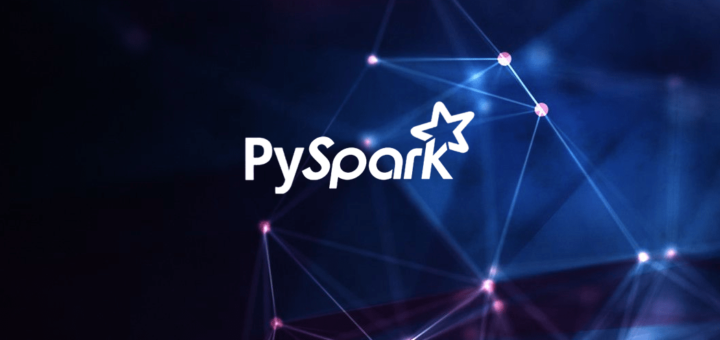In PySpark, toDF() the function of the RDD is used to convert RDD to DataFrame. We would need to convert RDD to DataFrame as DataFrame provides more advantages over RDD. For instance, DataFrame is a distributed collection of data organized into named columns similar to Database tables and provides optimization and performance improvements.
1. Create PySpark RDD
First, let’s create an RDD by passing the Python list object to sparkContext.parallelize() the function. We would need this rdd object for all our examples below.
In PySpark, when you have data in a list meaning you have a collection of data in a PySpark driver memory when you create an RDD, this collection is going to be parallelized.
from pyspark.sql import SparkSession
spark = SparkSession.builder.appName('mytechmint').getOrCreate()
dept = [("Finance",10),("Marketing",20),("Sales",30),("IT",40)]
rdd = spark.sparkContext.parallelize(dept)2. Convert PySpark RDD to DataFrame
Converting PySpark RDD to DataFrame can be done using toDF(), createDataFrame(). In this section, I will explain these two methods.
2.1 Using rdd.toDF() Function
PySpark provides toDF() function in RDD which can be used to convert RDD into Dataframe
df = rdd.toDF()
df.printSchema()
df.show(truncate=False)By default, toDF() the function creates column names as “_1” and “_2”. This snippet yields the below schema.
#root
|-- _1: string (nullable = true)
|-- _2: long (nullable = true)
+---------+---+
|_1 |_2 |
+---------+---+
|Finance |10 |
|Marketing|20 |
|Sales |30 |
|IT |40 |
+---------+---+
toDF() has another signature that takes arguments to define column names as shown below.
deptColumns = ["dept_name","dept_id"]
df2 = rdd.toDF(deptColumns)
df2.printSchema()
df2.show(truncate=False)Outputs below schema.
#root
|-- dept_name: string (nullable = true)
|-- dept_id: long (nullable = true)
+---------+-------+
|dept_name|dept_id|
+---------+-------+
|Finance |10 |
|Marketing|20 |
|Sales |30 |
|IT |40 |
+---------+-------+2.2 Using PySpark createDataFrame() Function
SparkSession class provides createDataFrame() method to create DataFrame and it takes rdd object as an argument.
deptDF = spark.createDataFrame(rdd, schema = deptColumns)
deptDF.printSchema()
deptDF.show(truncate=False)This yields the same output as above.
2.3 Using CreateDataFrame() with StructType Schema
When you infer the schema, by default the datatype of the columns is derived from the data and set’s nullable to true for all columns. We can change this behavior by supplying schema using StructType – where we can specify a column name, data type and nullable for each field/column.
from pyspark.sql.types import StructType,StructField, StringType
deptSchema = StructType([
StructField('dept_name', StringType(), True),
StructField('dept_id', StringType(), True)
])
deptDF1 = spark.createDataFrame(rdd, schema = deptSchema)
deptDF1.printSchema()
deptDF1.show(truncate=False)This also yields the same output.
3. Complete Example
import pyspark
from pyspark.sql import SparkSession
spark = SparkSession.builder.appName('mytechmint').getOrCreate()
dept = [("Finance",10),("Marketing",20),("Sales",30),("IT",40)]
rdd = spark.sparkContext.parallelize(dept)
df = rdd.toDF()
df.printSchema()
df.show(truncate=False)
deptColumns = ["dept_name","dept_id"]
df2 = rdd.toDF(deptColumns)
df2.printSchema()
df2.show(truncate=False)
deptDF = spark.createDataFrame(rdd, schema = deptColumns)
deptDF.printSchema()
deptDF.show(truncate=False)
from pyspark.sql.types import StructType,StructField, StringType
deptSchema = StructType([
StructField('dept_name', StringType(), True),
StructField('dept_id', StringType(), True)
])
deptDF1 = spark.createDataFrame(rdd, schema = deptSchema)
deptDF1.printSchema()
deptDF1.show(truncate=False)4. Conclusion:
In this article, we have learned How to Convert PySpark RDD to DataFrame, we would need these frequently while working in PySpark as these provide optimization and performance over RDD.

